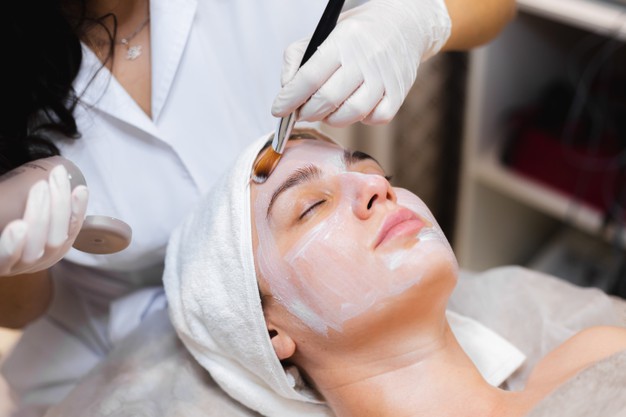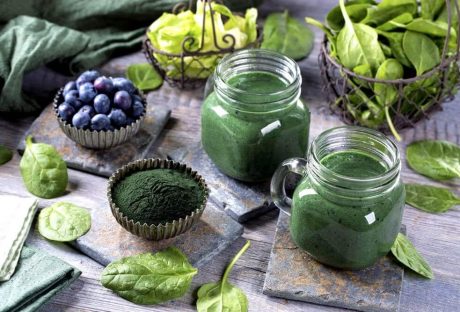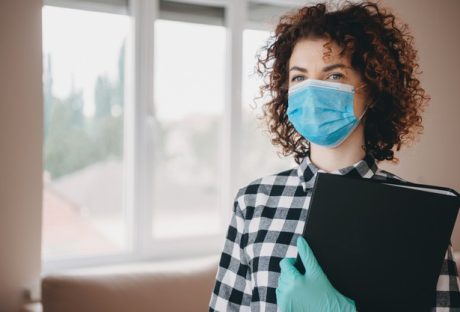How can I take the best possible care of my skin?
What can I do to preserve the youthful looks of my skin for a good long while?
These are age-old questions that have fuelled an industry worth millions of dollars. Companies are researching for and developing thousands of beauty products and facial treatments that line the shelves of pharmacies, supermarkets, and malls.
Each claims to give you gorgeous, glowing skin that is free of blemishes like acne, pigmentation, and signs of aging. In the coming years, you can expect to see an even more mind-blowing array of creams, ointments, and salves. According to a report released on Reuters, the Global Cosmetics Products Market is projected to rise at a CAGR of 7.14% in the 5 years from 2018 to 20123 reaching a high of an unbelievable USD 805.61 billion.
5 Most Exciting Facial Treatments of 2018 – For Smooth, Gorgeous Skin
Side by side is the growth in the salons and spas across the country with upmarket professionals offering you a range of specialty facial treatments; some that they have developed and perfected on their own. Each comes with a USP that promises to give you the skin you’ve always wanted.
2018 had its share of options, some gained more popularity than others while there are a few more that are still new on the block. Here’s a quick look at some of the most exciting beauty procedures you can try.
1. PRP Facials:
PRP facial treatments, also known as Vampire facials first made waves a few years ago with Kim Kardashian being one of its first proponents. The procedure continues to hold the interest of celebrities and everyday folk has given that it is possibly one of the safest anti-aging options available today.
In place of chemicals, the serum used in PRP therapy is extracted from a sample of your blood. This serum contains a concentration of healing elements such as platelets, growth factors, mesenchymal stem cells, and various others. Together, these components stimulate the rejuvenation of the layer of collagen and elastin under the skin.
Over the next 3 to 4 weeks, the natural plumping up of the skin can erase flaws like fine lines and wrinkles, breakouts, pigmentation, dark circles, and even scars left behind by acne and injuries.
2. Laser Facials:
Lasers have long been used extensively in the field of medicine to perform procedures with a minimum of scarring. You’ve probably also heard of laser liposuction for inch loss or low-level laser therapy that can reverse hair loss and promote the growth of hair.
One of the newest facial treatments available today uses lasers to scrape away the damaged top layers of the skin so new cells can emerge. Like this feature on WebMD explains, the procedure is also called laser resurfacing and uses two different kinds of lasers.
During the first part of the session, the dermatologist uses the YAG laser that cleans the skin of impurities at a deeper level. The second pass is done with the IPL laser at a low setting to stimulate the layer of collagen to start producing new cells.
Most of these facial procedures are completed with 15 minutes and involve absolutely no downtime. You can go back to work or any other activities right after.
3. Cryotherapy Facials:
You’ve probably heard about the Cryolipolysis treatment also called CoolSculpting that can help you get rid of excess inches. Cosmetologists have taken the technique a step further and now use it to help rejuvenate your skin. Cryotherapy facial treatments have several positives.
Like, for instance, they can erase the signs of aging like fine lines and wrinkles and help reverse the sagging brought on by advancing years. In case you’re looking for an effective cure for acne or eczema, the cryo procedure might just be able to help you.
As Rebecca Norris reports on Allure, dermatologists use a cryo-probe or blast of vaporized liquid nitrogen to cool the skin to below freezing temperatures rapidly.
This action results in the tightening of the tissues as the circulation drops. When the blood vessels and capillaries restore normal circulation, the rush of blood helps clear away toxins and other impurities while at the same time bringing in nutrients and fresh oxygen. This new infusion oxygenates and restores the layer of collagen under the skin to give it a youthful glow.
4. LED Light Facials:
The LEL light facial treatments are another of the newest procedures that perform a range of functions to help restore the smooth, flawless beauty of your skin.
The process begins with steaming to clean your face of all traces of makeup and open the pores, so they are more receptive to the action of the light. LED facials to make use of light at 4 different wavelengths each with a specific purpose.
- The red light lowers inflammation and boosts blood circulation in the skin
- The infrared speeds up the recovery of the skin
- The blue light acts on acne-causing bacteria to destroy it
- The amber light stimulates the growth of collagen and elastin cells in the skin
Your skin is exposed to each one of the wavelengths for a few minutes at a time as you lie under a dome-like structure. After the light exposure, the cosmetologist clears the skin of blackheads and whiteheads, and then, uses a wand with high-frequency waves to remove any remaining bacteria. The final step involves a soothing face mask to nourish the skin.
5. The Gankin Massage:
Like many women in today’s time with a busy career with personal and professional commitments, you may not have the time to visit the salon for a facial every 30 days as recommended. There is now a unique system that you learn to perform at home as outlined in Vogue magazine.
Originally a Japanese concept, the facial treatment involves massaging your skin with the special SUQQU cream. The trick here is to stimulate the right pressure points to promote blood circulation and the drainage of lymph for clearer, more beautiful skin. This treatment can erase any swelling and sag for smoother and sharper facial contours.
There you have 5 facial treatments that were highly popular in the year 2018. Suitable for all types of skin, ages, and genders, they promise to restore the flawless perfection of your skin. Sign up for the procedures or perform them at home and see the transformation in your looks.
Read Also:
























